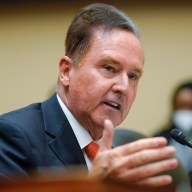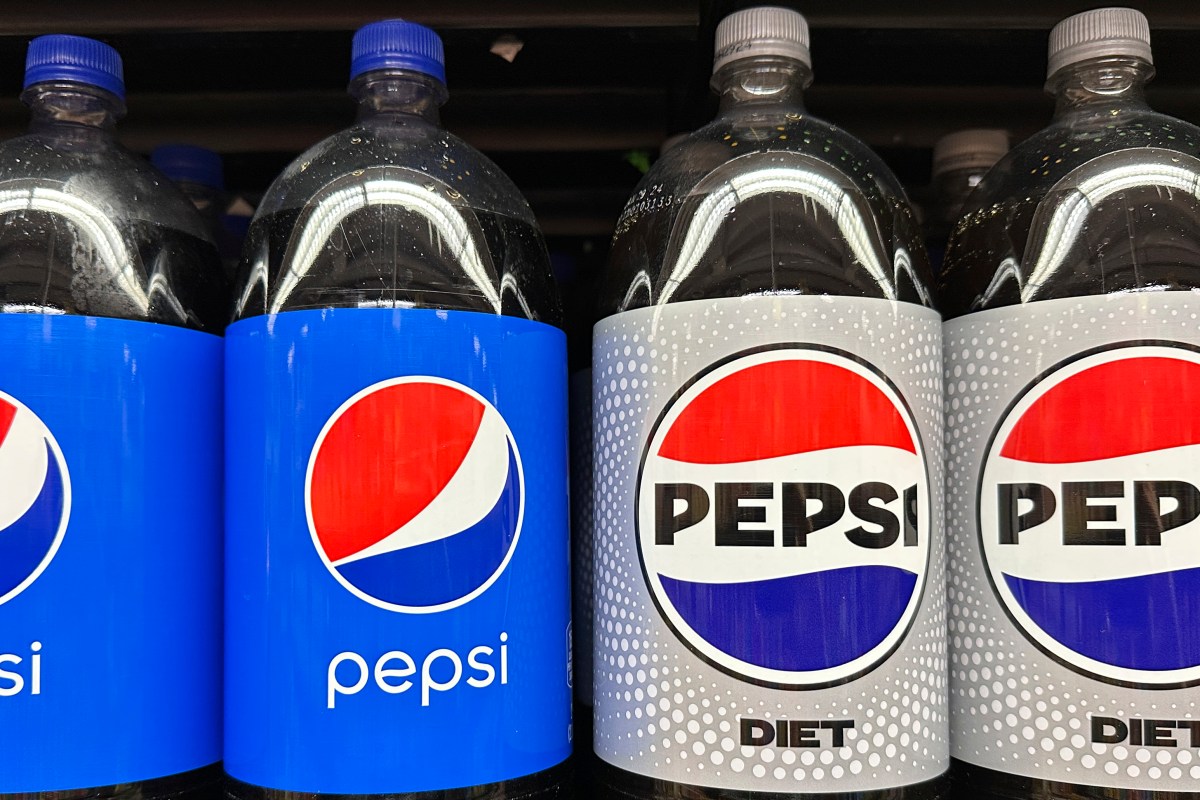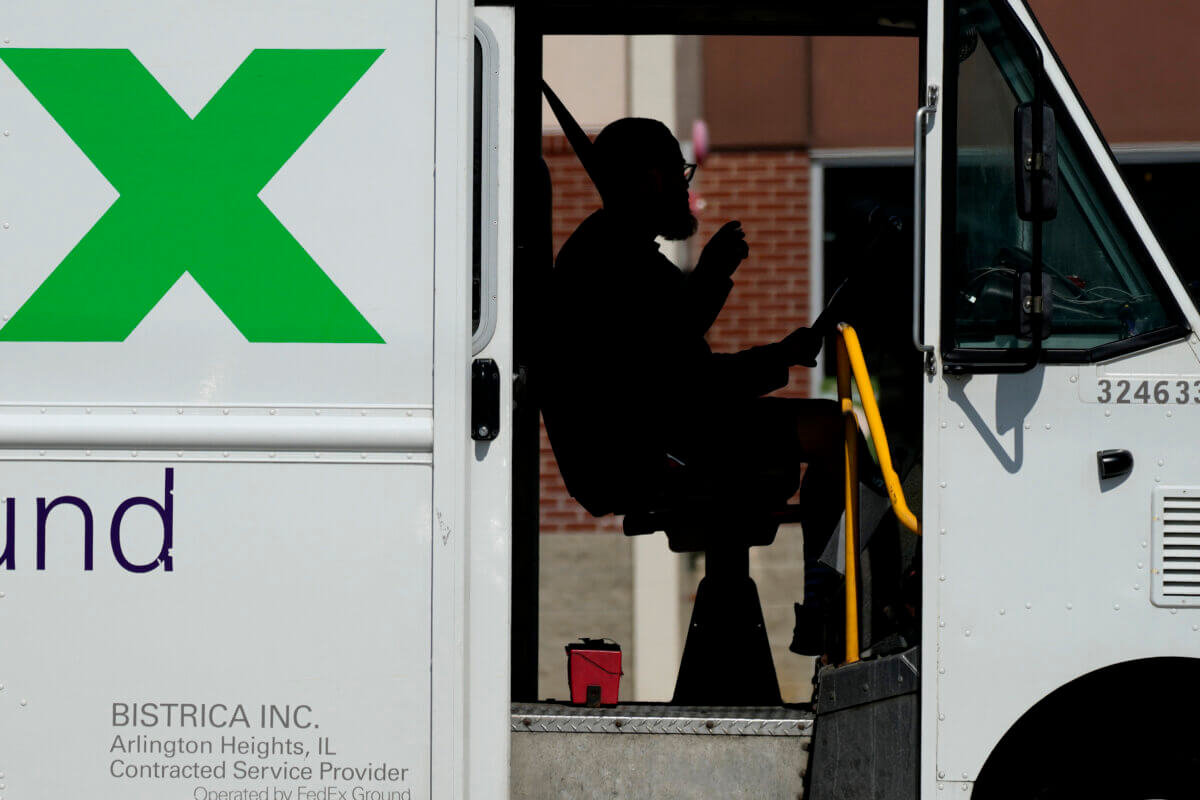LONDON (Reuters) – The seismic supply shocks and wild price distortions of the pandemic could finally call time on 30 years of strict inflation targeting by the world’s big central banks.
Faced with headline and core inflation rates surging far above 2% target rates and at their highest in decades, central banks have scrambled to lift interest rates from historic lows or flag rate hikes ahead – even though they insist inflation will be close to or even below those targets within two years.
U.S. Federal Reserve policymakers see their favoured measure – core annual gains in the personal consumption expenditures price index – back at 2.1% in 2024 even though it was more than twice that last year its highest in more than three decades.
The European Central Bank sees euro zone inflation more than halving to 1.8% next year while the Bank of England sees UK inflation peaking at 7.25% this year before tumbling far below target within three years.
Yet the hawks are out in force to show government and the public alike that they have things in hand.
Perhaps these forecasts simply assume “normalisation” of monetary policy in the short term and a return to pre-pandemic settings as supply skews in energy and labour markets ease back.
But the problem reopens the debate about whether strict inflation targeting – only in vogue since the 1990s – should continue to guide monetary policy and what should replace it.
Many think the rising sovereign and household indebtedness means any flirtation with deflation – that effectively lifts the inflation-adjusted costs of accumulated borrowings over time and threatens prolonged depression – is simply unacceptable to most governments and economists.
And if so, the long-established 2% norm may just be too close or too risky for comfort. Most Western economies have dallied with either deflation or sub-target inflation since the banking crash of 2008 – hence the rollout of extraordinary loose monetary policies from bond buying to negative rates and all the other distortions that that brings in asset prices elsewhere.
While it may feel like the opposite problem today, it spotlights the flaw in point targeting inflation.
If no one wants to brutalise economic activity now by dealing with the sudden inflation overshoots caused by pandemic supply jolts – also fearing potentially lingering price pressures in its wake – then maybe the solution would be to up those targets and “de-emphasise” them in favour of greater discretion.
US core inflation and Fed target – https://fingfx.thomsonreuters.com/gfx/mkt/zgvomjzzgvd/One.PNG
G7 inflation expectations – https://fingfx.thomsonreuters.com/gfx/mkt/akpeznxxbvr/Two.PNG
‘PAST SELL BY’
Hedge fund manager Stephen Jen of Eurizon SLJ thinks that sort of pressure may well now build as the Fed acts hawkish but stays “behind the actual inflation curve” as the extent of supply distortions are assessed and many unwind.
“My sense is that most economists may still prefer high inflation to low inflation,” Jen said. “The debate of whether central banks should adopt a higher inflation target of, say 3%, has not even started in earnest – but it will.”
Financial markets doubt central banks will succeed in returning U.S. inflation to 2% targets any time soon – but inflation expectations in bond markets are 2.7% and 2.4% respectively over five- and 10-year horizons.
Of course the Fed already bought itself a lot of wriggle room with its recent move away from a point inflation target in favour of aiming for a rather vague 2% average over time. And its mandate explicitly includes full employment as well as stable prices, balancing any tendency to stamp on inflation to the detriment of jobs.
While ECB lent in that direction too, neither it nor the other central banks have moved as far and their remits remain far stricter on meeting the explicit price goals.
Fears of an overreaction to missing the point target on the upside today in part mirrors the problem that largely sounded the beginning of the end for inflation targeting 15 years ago.
Many accused central banks of the early 2000s of blowing the credit bubble that bust spectacularly in 2008 with overly loose monetary policy simply because headline inflation rates were well behaved are 2% targets and other metrics were ignored.
In retrospect, inflation targeting was still new at the time – only a decade or so old and having replaced a range of post-World War Two monetary goals from the gold standard and fixed exchange rates to ranges for money supply growth.
All these had failed too and were similarly prone to either supply shocks or speculation.
The one untried alternative that’s been proposed for years is that central banks instead target nominal gross domestic product growth.
Advocates say it allows central banks a measurable goal they can affect rather than over or under-reacting to supply shocks they have no control over – crucially avoiding assumptions about economic slack and potential that are impossible to read in real time.
Former Goldman Sachs chief economist and UK Treasury minister Jim O’Neill says he’s become a convert to the Nominal GDP target idea.
“Single point inflation targeting is way past its sell date,” he said.
The author is editor-at-large for finance and markets at Reuters News. Any views expressed here are his own
(by Mike Dolan, Twitter: @reutersMikeD; editing by David Evans)



















